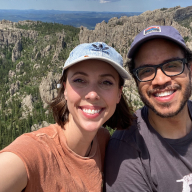🧠 Workshop Plan: Designing an AI IKEA Agent for Component Guidance
Objective: Improve the current IKEA Kitchen Planner by introducing an AI agent that helps users select the correct kitchen components, reducing drop-off and in-store dependency.
Start Time: 10:00 AM
Duration: ~3 hours
✅ Agenda Overview
| Time | Activity | Goal |
| 10:00–10:15 | Welcome & Framing the Challenge | Align on goals and expectations |
| 10:15–10:30 | Foundation Elements: Research & Insights | Ensure shared understanding of user pain points |
| 10:30–10:40 | “How Might We” Statements | Reframe pain points into design opportunities |
| 10:40–11:10 | User Journey Mapping (Current Planner Flow) | Identify friction points and AI intervention zones |
| 11:10–11:40 | Brainwriting Session: AI Agent Ideas | Generate a wide range of solution ideas |
| 11:40–12:00 | Affinity Mapping (Cluster Ideas) | Group similar ideas into themes |
| 12:00–12:20 | Impact vs Effort Prioritization | Identify top ideas worth pursuing |
| 12:20–12:45 | Strategic Planning: Value + KPIs + Next Steps | Define direction, ownership, and success metrics |
| 12:45–13:00 | Wrap-Up & Commitments | Final reflections and action alignment |
📌 Problem Statement
Users abandon the IKEA Kitchen Planner because they are unsure about which components they need (e.g., technical parts, finishes, corner units), and they rely on in-store experts to validate and complete their configuration.
🎯 User Goal
“I want to be sure I’m ordering all the right components so that my kitchen will work and nothing is missing.”
🔍 Key Insights
- Lack of component-level guidance online
- Fear of making a costly mistake
- In-store staff takes responsibility, which builds trust
- Online experience lacks explanation, validation, and clarity
💬 “How Might We” Prompts (10:30–10:40)
Facilitator prepares 3–4 HMWs based on insights. Example:
- How might we guide users through all the necessary components without overwhelming them?
- How might we replicate the reassurance and expertise of in-store staff?
- How might we help users recognize what they’ve forgotten before they check out?
Let participants add their own HMWs on sticky notes.
🗺️ User Journey Mapping (10:40–11:10)
Use IKEA Kitchen Planner screens or a simplified flow to map the journey.
Steps to cover:
- Choose a kitchen layout
- Add base units and cabinets
- Add appliances
- Add technical/structural components
- Attempt to validate or finish
- Drop-off or book an appointment
Ask the team to annotate:
- 💬 Frustration points
- ❓ Unclear decision moments
- 💡 Places where AI could help (label with a lightning bolt ⚡️)
🧠 Brainwriting: AI Ideas (11:10–11:40)
Silent ideation to encourage volume and inclusivity
Instructions:
- Each person writes 3–5 ideas per round (on sticky notes)
- Pass notes to next person for building/improving
- Repeat 2–3 rounds
Focus prompts:
- What kind of AI behaviors could help?
- How might AI provide suggestions, warnings, or validation?
- What should AI say or do to build trust?
🧩 Affinity Mapping (11:40–12:00)
Group the AI ideas into categories such as:
- 🧠 Smart Suggestions (e.g., “Add this piece because you selected X”)
- 🔄 Dynamic Rules/Validation (e.g., “You’re missing a corner bracket”)
- 💬 Conversational UI (e.g., AI chatbot or step-by-step wizard)
- ✅ Confidence Indicators (e.g., green check when config is complete)
Let participants vote on clusters that feel most promising.
📊 Prioritization: Impact vs Effort (12:00–12:20)
Use a 2x2 matrix:
- X: Effort (Low to High)
- Y: Impact (Low to High)
Map stickies into:
- ✅ Quick Wins
- 🚀 Strategic Bets
- 🤔 Maybe Later
- 🧱 Too Complex
Decide on 1–2 winning concepts to explore further.
📈 Strategic Planning: Idea + Value + KPI (12:20–12:45)
For each top idea, fill in this mini-canvas:
| Aspect | Example |
| Idea | AI assistant that detects missing critical components |
| User Value | Reduces anxiety, builds confidence to complete a purchase |
| Team Owner | Design / Engineering / PM |
| Success Metric | Increase in full configurations submitted online |
| KPI Examples | Drop-off reduction, Time-to-complete, NPS |
✅ Wrap-Up & Next Steps (12:45–13:00)
- Recap the top idea(s) and owners
- Schedule next touchpoint: prototyping/feasibility
- Ask: “What’s one word or feeling you’re leaving with?”
Tools used
From brief
Topics
Share
Reviews
5 reviews
I’m thankful you also included the plan in the project description, it’s super easy to scan and saved me a few steps and milliseconds, lol.
By the looks of it, it’s properly structured and detailed enough. What I’m curious about isn’t the content itself but how you pulled everything together across Gamma, ChatGPT, Miro, and Canva.
Was it prompt-based only in Gamma, or did the real magic happen in Miro and then get AI-assisted for the rest?
Great structure and flow, the workshop feels well thought out, with clear activities that build from problem framing to KPIs. The insights and HMWs are strong, but I’d suggest adding personas to ground the journey mapping and AI ideas more deeply. Also, consider feasibility and trust-building details in the AI interactions. Overall, a solid plan with room to sharpen the storytelling and realism.
This workshop plan is clear, structured, and focused on solving a real user pain point.
The objective of adding an AI agent to the IKEA Kitchen Planner is well-defined: help users select the right components and reduce drop-offs.
The agenda balances research, ideation, and prioritization in a tight 3-hour window. Activities like user journey mapping, brainwriting, and affinity mapping ensure both creativity and user-centered thinking.
The “How Might We” prompts are strong and guide participants toward actionable solutions. Using impact vs effort prioritization and a mini-canvas for strategic planning ensures that ideas translate into measurable outcomes.
Overall, the workshop is well thought out, promotes collaboration, and is likely to produce clear, actionable insights for improving the online planner.
Well done Martina! Love how you picked a specific project idea to work on, defined a problem statement for it, and worked around it. Good addition with the "How might we" questions and your thought process from start to finish. Feels like I'm seeing the results of an actual workshop instead of just a plan for one and I really appreciate that.
Hello Martina,
Your project presents a well-structured and logical plan for a design workshop. You have created a realistic agenda with clear objectives and expected deliverables. Kudos to your strategic planning!
The objective and problem statement are precise. The agenda flows logically from problem framing to solution prioritisation. The detailed breakdown of activities like "How Might We" statements and "Brain writing" makes the plan easy to follow and implement. The inclusion of a prioritisation matrix and strategic planning with KPIs ensures the workshop delivers tangible results.
How about considering these points to make the plan even more robust -
- Include a pre-workshop phase - Mentioning tasks like preparing a research brief or sending out pre-read materials to participants would improve the plan's feasibility and ensure everyone arrives prepared.
- Including a brief session to review user quotes or inviting a user to the workshop would add credibility to the process and ensure the solutions are user-centric.
- Contingency Planning - Workshops can be unpredictable. Adding a small section on how to handle common issues, such as a session running long or the team getting stuck, would demonstrate foresight and improve the plan's feasibility. Also, short breaks between sessions could keep the team boosted all along.
You might also like
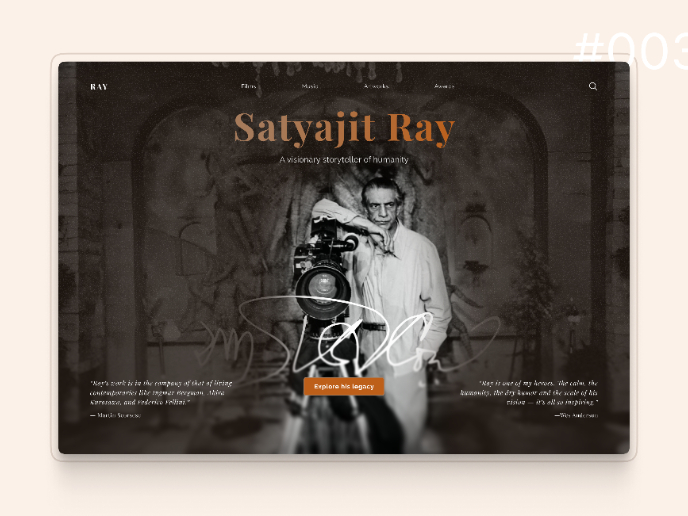
Satyajit Ray Memorial Landing Page - Daily UI 003

"Candle house - Landing page"

Florish Accessibility Signup Form
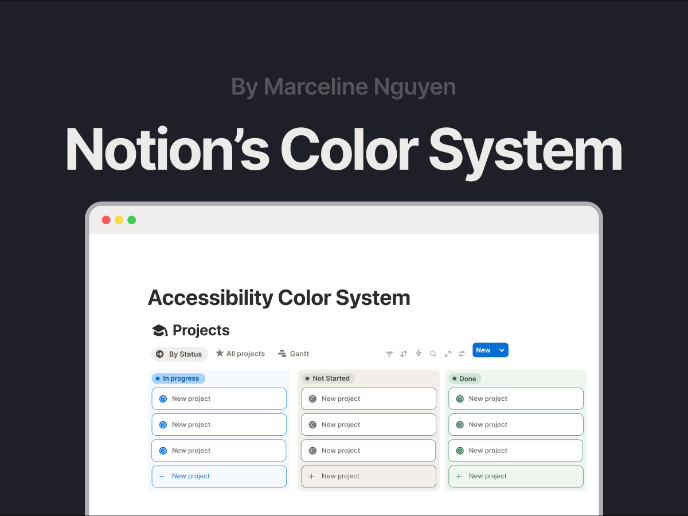
Notion - Accessibility Color System
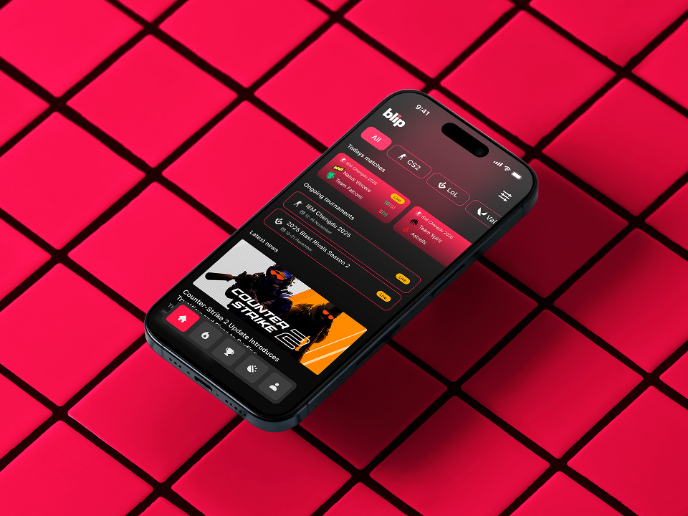
Blip - Esport app design (Light & Dark UI)
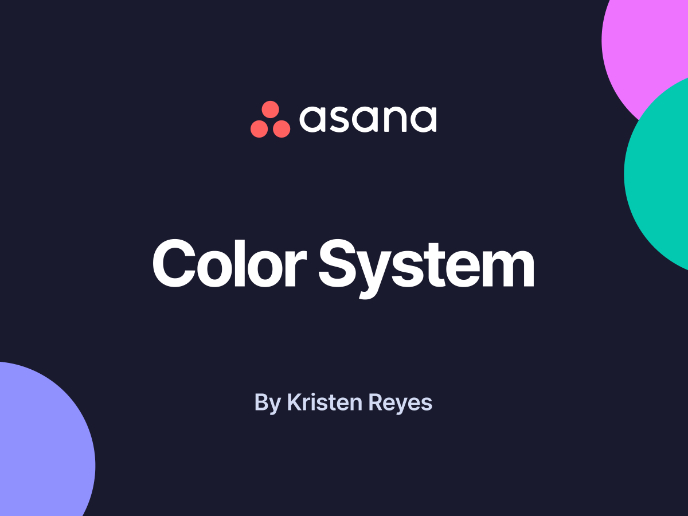
Reimagining Asana's Color System
Design Leadership Courses

UX Design Foundations

Introduction to Figma














